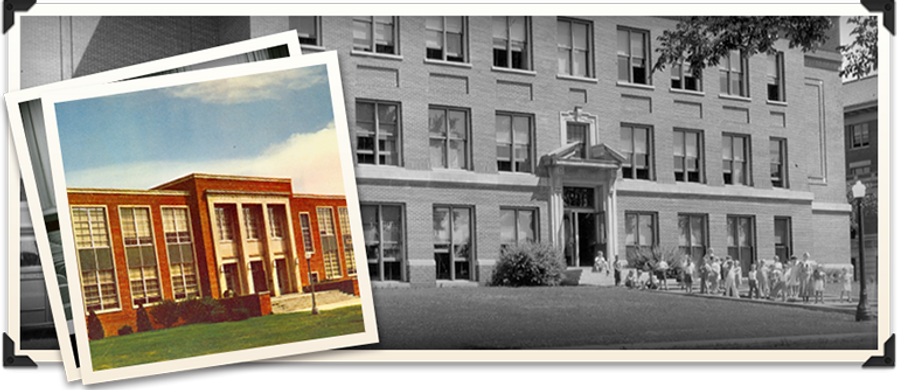

WALTER GOHMAN

WALTER GOHMAN (1951)
Walter Gohman was well ahead of his time in creating high school project learning models. His teaching methods enabled students to discover the world of physics actively through hands-on projects joined to personal research that was needed to fill in the blanks.
Dr. Dwight Curtis, Director of the Laboratory School, wrote that Gohman had “a tremendous capacity for work” and was able “to stimulate pupil interest and tremendous growth in science.” Gohman was a state leader in secondary science teaching and in the creation of science clubs in the Iowa high schools. He also contributed extensively to the development of the Science Fair in Iowa which brought together high school students and science teachers from all parts of the state to exhibit the type of work that was being done in their high school science programs. Gohman was a longtime Director of Publications for the Iowa Junior Academy of Science. In January 1955, he offered a winter series of TV programs titled “Let’s Explore Science” on the college’s KHKE station which led to his “Iowa TV School Time” science programs on WOI-TV which reached even more viewers.
In 1958, Gohman published an article in School Science and Mathematics titled “What’s Newest in Science Teaching Methods and Techniques.” That summer, he and Lab School mathematics professor Dr. Ross Nielsen launched an experimental Junior High Science and Math Workshop that anticipated by many decades today’s STEM (Science, Technology, Engineering, & Math) programs. By design, the 8- week program offered a model for summer enrichment that any school system could offer. Fifty-nine junior high school students from 11 school districts within a 25- mile radius of the Lab School were selected for the Workshop which gave no school “credit” and also no grades. The students attended half-day morning sessions—100 minutes of science and 80 minutes of math—but many returned in the afternoon to study on their own initiative. The first project in electronics Gohman gave the young people was to build a crystal radio set and receive a station. They then identified the frequencies of other radio stations and added a transistor before moving on to other projects.
The students were exposed to speakers, such as Lt. Col. David G. Simons of the U.S. Air Force who went up in a balloon 100,000 feet (about 19 miles) and stayed 26 hours to study cosmic rays and gather further information about space travel and space biology. The students took field trips. They were accorded the rare privilege of viewing precision measurements at the John Deere Tractor Works in Waterloo; learned how weather information was gathered at the Waterloo Airport and how radar was used there and at a radar base in Waverly, Iowa.
Gohman and Nielsen repeated the Workshop in later summers and their studies showed that students with the highest IQs didn’t necessarily outshine other students. The opposite was true in many cases. All the 12- to 14-year-olds selected for the Workshops had high scores on the Iowa achievement test; their IQ scores were relatively high as well, although few were in the “brilliant” category. “We found that the students’ success didn’t depend as much upon their achievement scores or IQs as it did upon their drive, interest, and creative ability,” Nielsen reported. “Motivation was the big factor.” Gohman and Nielsen described their program in The Mathematics Teacher in an article titled “Junior High School Seminar in Science and Mathematics.”
By the 1970s, Gohman was also offering “Elementary Science Workshops” for teachers.
Like Dr. Potter, Gohman inspired a future university president. Laboratory School student Mary Sue Wilson Coleman went on to become an admired college chemistry and biochemistry professor and then President (successively) of the University of Iowa, the University of Michigan, and the Association of University Presidents. Dr. Coleman publicly recognized Walter Gohman, calling him a distinguished teacher with a passion for chemistry and physics who motivated students to high levels of achievement.

